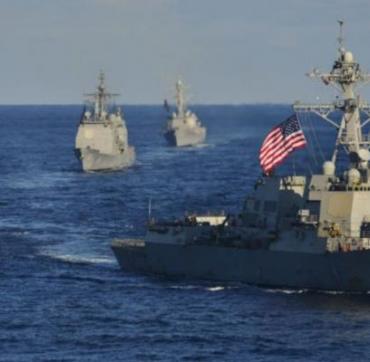Half a Century of the International Telecommunications Center
especiales

Half a century has passed since the former Terrena Caribe Station, today the International Telecommunications Center located in Escaleras de Jaruco Park, in Mayabeque, where we were able to reach after traveling several kilometers from the national highway.
A quiet path lead us to it that passes through small group of houses and a lot of vegetation until we finally found a different, circular building, protected by several mountains, and adorned by thirteen huge satellite dishes that are impressive not only for their size, but for their historical significance, and for efficiently rewarding its objective of transmitting, and broadcasting.
It was inaugurated on November 7, 1973 as a result of the exchange with the Union of Soviet Socialist Republics (USSR), two years later it received new equipment to expand the service through the Intersputnik System, and in 1979 it began the use of stationary satellites, as well as the assembly of a Standard B station of the Intersalt System, which facilitated the transmission to the world of the VI Summit of Non-Aligned Countries, held in September of that same year in Havana.
We are talking about a unique institution of its kind in Cuba, in charge of carrying information through the satellite signal; recognized as a viewpoint and link thanks to its latest generation technology.
The center is a vital part in the diffusion of our reality, as support for large-scale events, and in the spread and reception of telephone and television signals.
According to the director of La Terrena, Aroldo O'farrill Noda, a close example of its impact on our homes we can today enjoy the TeleSUR and Russia Today networks, as well as international sports games such as the World Athletics Championships and the World Baseball Classic, both held this year.
Likewise, he highlighted that the station was responsible, in 2005, for starting the broadcast of the signal of the Cuban television channels and the main radio stations so that our collaborators in Latin America could enjoy them. This service, DTH, was planned by the leader of the Revolution, Fidel Castro, and has currently spread to other regions of the world.
The center still keeps an antenna that inaugurated the station, the Intersputnik, a large 12 meter antenna, which, although it’s almost obsolete and has very deteriorated radiation patterns, is operational and can receive and transmit only on its own system.
In these fifty years, the center has constantly improved its infrastructure to kept the technological status required by its services because if the format were outdated, there would be no compatibility and its mission of supporting national and international satellite links would completely fail — comments O'farrill Noda.
However, keeping the center is extremely expensive and spare parts are really expensive. That’s why they have had to rely on the innovation of their workers to work around issues 0in their devices, almost always due to the lack of spare parts. During all these years, their group, motivated by the feeling of belonging and dedication to what they do has managed to carry out and upheld such a complex installation, as stated by the Director of Institutional Communication of ETECSA, Analaisy González Prieto.
In this regard, O'farrill Noda stated that they have achieved important constant innovative work through hard work that has turned out to be relevant beyond the local level to recover, reuse, and optimize available resources. No wonder since 2005—until 2020—the center was certified by the ISO 9001 standards, recognized throughout the world as referring to quality management. The official declared that due to a change in the structure the status was lost, but that, precisely this month of November, they intend to win it again.
The International Telecommunications Center marked the beginning of satellite television in Cuba and currently continues to be a vital site for our country, strategic because it intervenes in telephone, television, and Internet services.














Add new comment